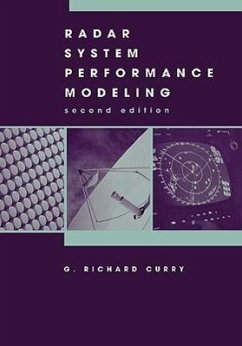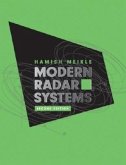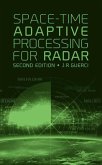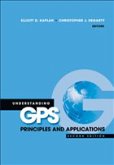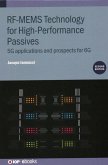Radar's ever-expanding role in the modern world has spawned a demand for professionals well-versed in the latest system-level analysis and performance modeling techniques. This expanded second edition of an Artech House bestseller helps engineers, mathematicians, and programmers answer the call, by providing the clearest presentation of radar system principles and system-level modeling procedures available. It serves as both a reference and a text, and features new material on airborne and space-based radar, radar tracking techniques, radar system design, and operational and performance issues. It also provides detailed examples, problem sets and solutions, and a comprehensive self-test. Extensive references, bibliographies, and over 100 illustrations help make this work an indispensable resource for radar specialists and non-specialists alike. CD-ROM Included! Provides custom radar functions and equations that let practitioners calculate the radar performance parameters covered by the book in Excel worksheets.
Hinweis: Dieser Artikel kann nur an eine deutsche Lieferadresse ausgeliefert werden.
Hinweis: Dieser Artikel kann nur an eine deutsche Lieferadresse ausgeliefert werden.

